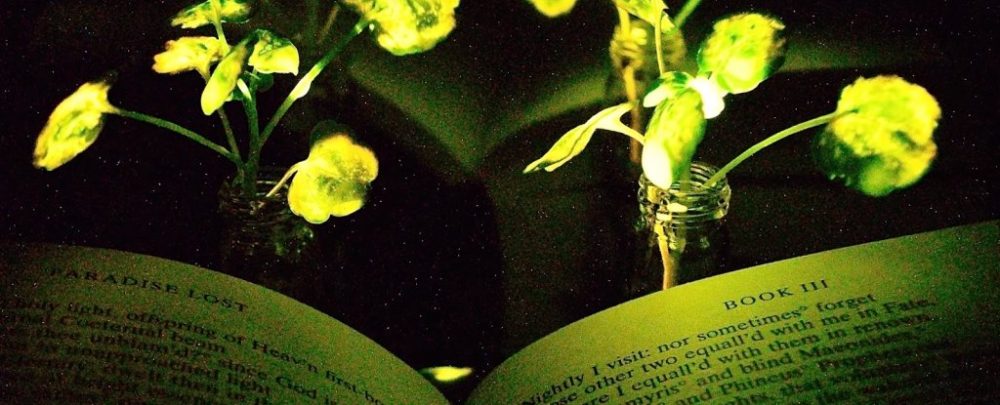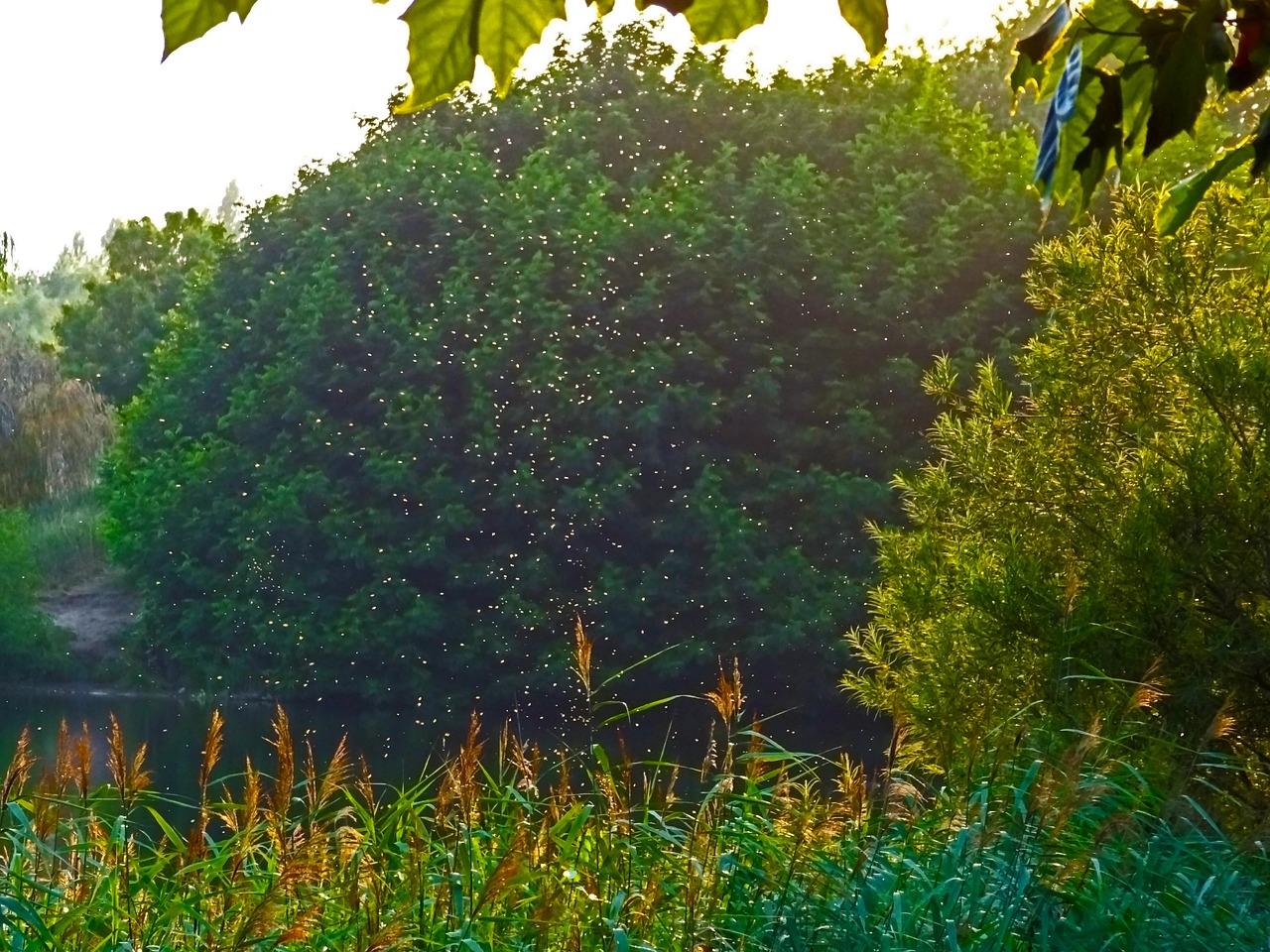An MIT research team, led by postdoctoral researcher Seon-Yeong Kwak, has created glowing plants. They are hopeful that this development could help us to replace electricity-consuming light sources, such as street lamps or the nightlights beside our bed.
Researchers embedded plants with nanoparticles containing the same enzymes that make fireflies glow. This resulted in plants emitting an eerie yellow-green glow.
They introduced nanoparticles of varying sizes containing the compounds luciferase, luciferin, and co-enzyme into Nasturtium officinale, or watercress.
Michael Strano, professor of chemical engineering at MIT, said, “The vision is to make a plant that will function as a desk lamp — a lamp that you don’t have to plug in. The light is ultimately powered by the energy metabolism of the plant itself.”
Although the amount of light produced by the glowing plants was quite low, the researchers hope to increase the level of light produced. The researchers have also demonstrated that they can turn the light off by spraying the plants with nanoparticles carrying a luciferase inhibitor.
“Our target is to perform one treatment when the plant is a seedling or a mature plant, and have it last for the lifetime of the plant,” Strano said. “Our work very seriously opens up the doorway to streetlamps that are nothing but treated trees, and to indirect lighting around homes.”
The ultimate goal of the researchers is to create a “spray paint” that could simply be sprayed onto leaves of trees and other large plants to transform them into light sources.







